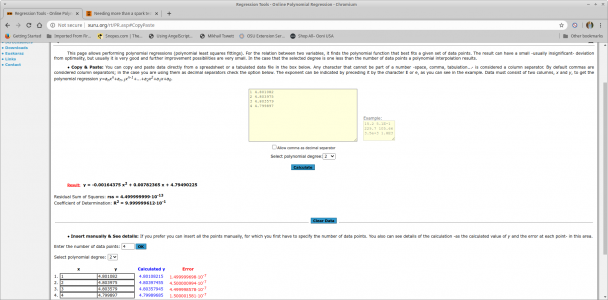- Joined
- Jul 28, 2017
- Messages
- 2,383
Second the strangeness, on this side of the pond. I live on the outskirts of Portland, Oregon, and have seen lots of crazy stuff going on downtown. The Portland cop who lives next door says what we've seen on TV is about 1/10 of what it really was like  .
.
The issues w/regard to transistor selection may be overblown. It is all to easy to dive into the weeds to get some hypothetical optimal solution -- I've gone there and had to haul myself back when I figured out I was worrying about absurdly small improvements. As you say, at some point we just need to get 'er done and see how it works out. Who should ever believe that their first attempt at something will be the last? It's all a learning experience when doing this kind of thing
On a slightly different subject, the Americium capsules I ordered from China (via ebay) arrived today. Curiously enough, the package had been opened (probably by US Customs). Things have been too busy to fire up my detector circuit yet, hopefully that will happen soon.
Mark (A.K.A. Homebrewed)
 .
.The issues w/regard to transistor selection may be overblown. It is all to easy to dive into the weeds to get some hypothetical optimal solution -- I've gone there and had to haul myself back when I figured out I was worrying about absurdly small improvements. As you say, at some point we just need to get 'er done and see how it works out. Who should ever believe that their first attempt at something will be the last? It's all a learning experience when doing this kind of thing
On a slightly different subject, the Americium capsules I ordered from China (via ebay) arrived today. Curiously enough, the package had been opened (probably by US Customs). Things have been too busy to fire up my detector circuit yet, hopefully that will happen soon.
Mark (A.K.A. Homebrewed)



 .
.